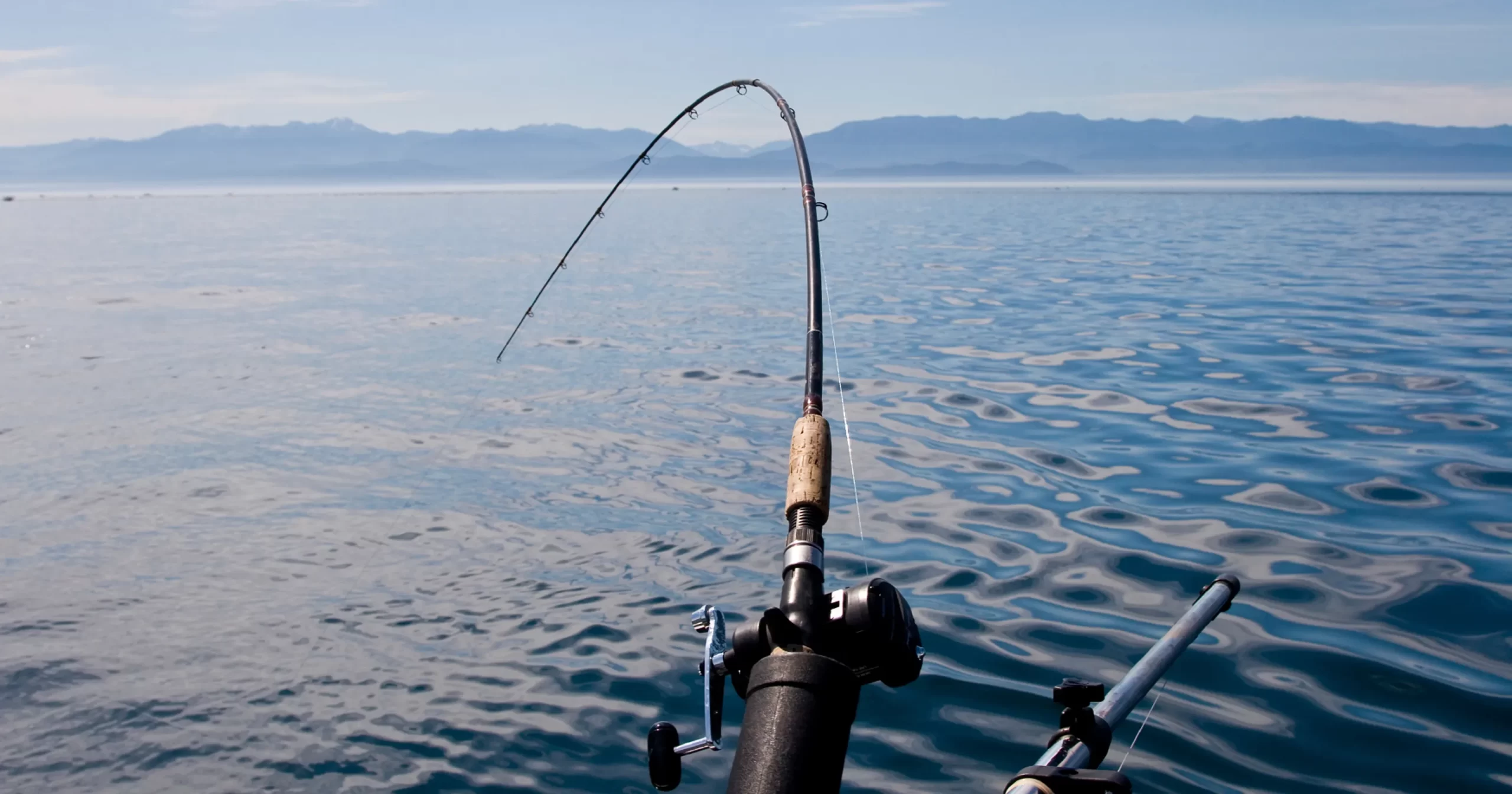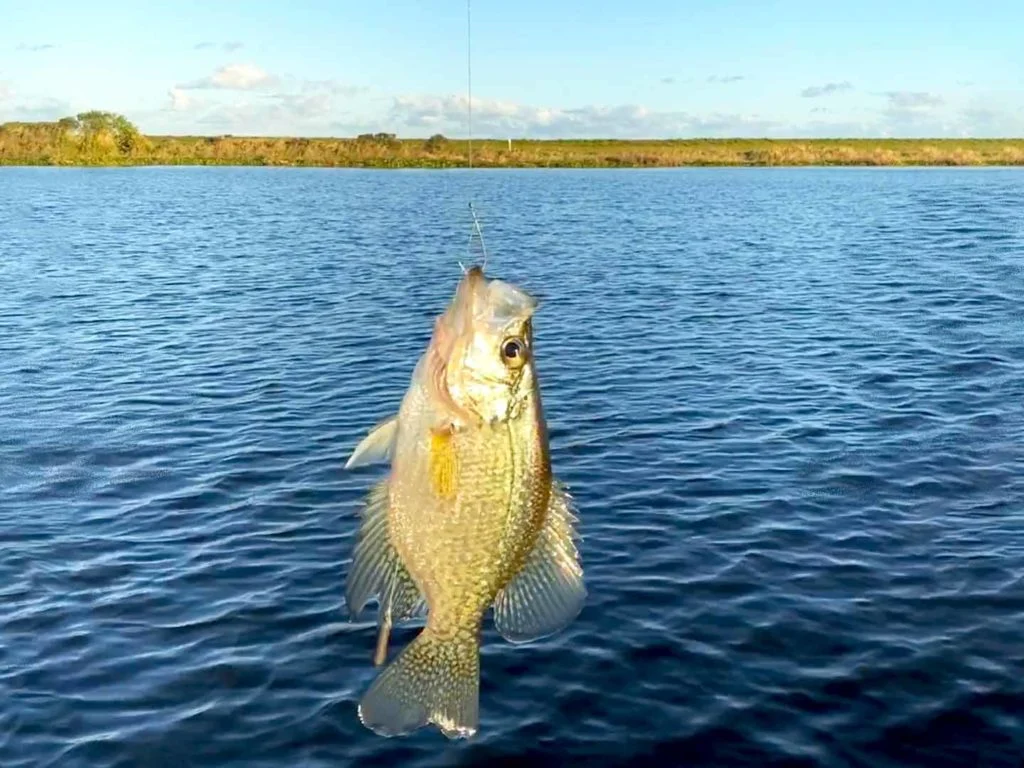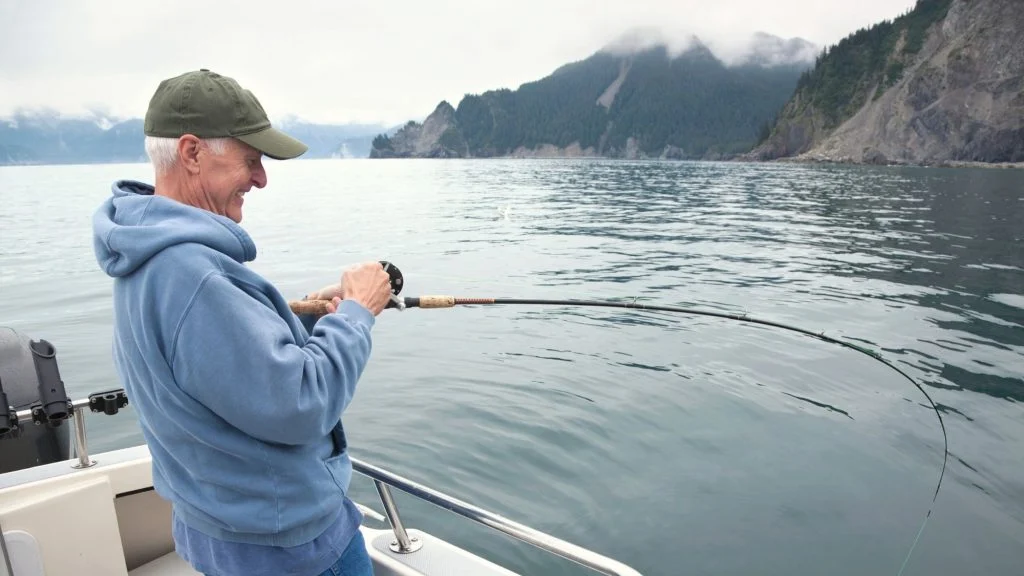Physical Address
304 North Cardinal St.
Dorchester Center, MA 02124
Physical Address
304 North Cardinal St.
Dorchester Center, MA 02124

Are you planning to go saltwater fishing in Delaware? Whether you’re a resident or a visitor, it’s essential to understand and follow the state’s fishing regulations. Delaware offers fantastic opportunities for saltwater fishing along its Atlantic coastline and Delaware Bay shores. However, there are strict regulations in place to protect marine life and ensure sustainable fishing practices. This comprehensive guide covers everything you need to know about Delaware’s saltwater fishing rules, including licensing requirements, size limits, seasons, best fishing spots, and more.
Before you cast your line, make sure you’ve obtained the appropriate licenses. In Delaware, a fishing license is required for anyone aged 16 or older who plans to fish, crab, or clam in tidal and non-tidal waters.
For more information, visit the official Delaware Division of Fish and Wildlife website.
Delaware’s saltwater fishing regulations include specific seasons, size limits, and daily creel (catch) limits that vary by species. It’s crucial to check the current regulations before each fishing trip, as they are updated frequently to reflect the health of fish populations. Below are key regulated species and their requirements for the 2025 season.
Species like spot, croaker, kingfish, sheepshead, and certain sharks have no size or creel limits. However, endangered or protected species, including sturgeon, river herring, and dusky sharks, cannot be harvested.
Delaware offers Free Fishing Days, where anglers can fish without needing a fishing license. These days are typically announced by the Delaware Division of Fish and Wildlife each year. For 2025, the Free Fishing Days are expected to occur on June 6-7, 2025.
On these dates, both residents and non-residents can fish in Delaware’s tidal and non-tidal waters without a license. However, all other fishing regulations, including size and creel limits, still apply.
Make sure to check the official Delaware Division of Fish and Wildlife website for any updates or changes to these dates. Stay informed and take advantage of this opportunity to fish for free!
For more details, visit the Delaware Division of Fish and Wildlife official website.
Delaware may be small, but it boasts excellent saltwater fishing opportunities along its Atlantic coast and Delaware Bay. Whether you prefer shore fishing, pier fishing, or boat fishing, Delaware has something for everyone. Here are the top spots for saltwater fishing:
For offshore enthusiasts, charter boats are available for fishing in Delaware Bay and the deeper waters of the Atlantic. The Indian River Marina is a popular departure point.
The Delaware Division of Fish and Wildlife maintains a network of 14 artificial reefs in Delaware Bay and along the Atlantic coast. These reefs provide habitat for various species and enhance the fishing experience.
The reefs are located between 4 and 26 miles offshore and depths range from 30 to 120 feet. These reefs are great for anglers looking to catch fish in both shallow and deep waters.
To protect Delaware’s marine life and ensure sustainable fishing, anglers should adopt responsible fishing practices. Here’s how you can help preserve fish populations:
By following these best practices and adhering to regulations, you can contribute to preserving Delaware’s saltwater fisheries for future generations.
Delaware’s saltwater fishing regulations are designed to protect marine life while allowing anglers to enjoy the state’s rich fishing opportunities. By staying informed and adhering to the regulations, you can help maintain the sustainability of Delaware’s fisheries. Remember to check the latest updates on the Delaware Division of Fish and Wildlife website before heading out on your next fishing adventure.
Be sure to get your fishing license, stay updated on the latest regulations, and practice responsible fishing to ensure that Delaware’s saltwater ecosystems remain healthy for years to come.
The slot limit is 28-37 inches, with a daily creel limit of 1 fish. No harvest is allowed from July 1-Aug 31.
Yes, a general fishing license is required for anyone aged 16+ to fish in tidal or non-tidal waters, unless an exemption applies.
Yes, the summer flounder season is open all year. The minimum size is 16″ from Jan 1-May 31 and 17″ from June 1-Dec 31. The daily limit is 4 fish.
The Delaware Fisherman Information Network (FIN) number is a free registration required annually for all anglers aged 16+ before fishing in Delaware waters. You can get a FIN number when purchasing your fishing license.
The latest regulations are available on the DNREC Division of Fish and Wildlife website or in the annual Delaware Fishing Guide.

